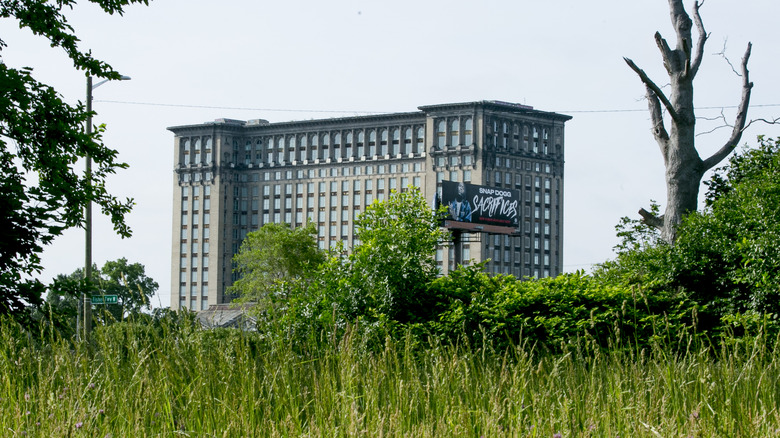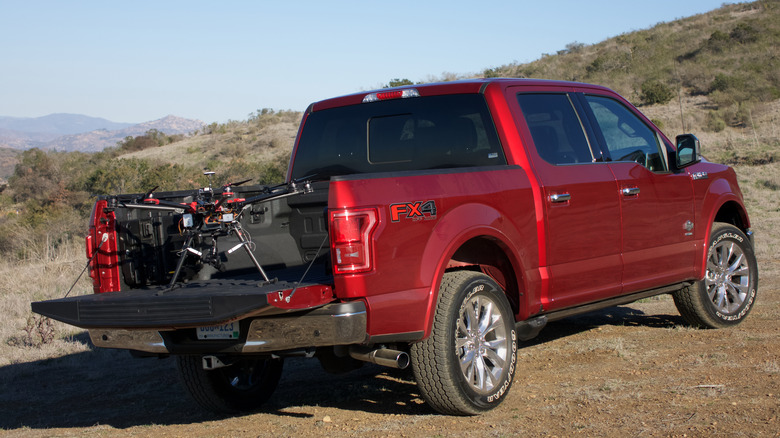Ford Is The Latest To Test Drone Deliveries - And It's Using An Abandoned Train Station To Do It
Amazon might be making waves with its bullish attitude toward drone deliveries and the international expansion of that venture, but Ford is not in the mood to lose the competitive edge. Instead, the company is turning an architectural gem of the past located in the erstwhile Mecca of the American automobile revolution to test drone deliveries.
The Dearborn-based company has joined hands with the Michigan Department of Transportation (MDOT) to test drones capable of delivering food, medicine, and light packages in the areas surrounding Detroit's Michigan Central Station. To recall, Ford subsidiary Michigan Central is restoring the 108-year-old station in hopes of turning it into an innovation hub spanning an area of 30 acres that will be home to over 5,000 employees.
Earlier this week, Michigan Central and the Michigan Department of Transportation flagged off the district's Advanced Aerial Innovation Region, focusing on drones and next-gen aerial mobility solutions. The delivery drones will cover an area within a three-mile radius of the station, but down the road, these unmanned aerial vehicles (UAVs) will be used for inspection work, too.
Advancing drone tech with open arms
Ford, which announced its MCS reconstruction plans in 2018, will open its hub to other companies working in the field. Notably, Google is also a founding member of Michigan Central and hopes to attract new talent to the budding job scene in the district's tech and automobile sectors.
Ford is no stranger to drones. At its Dagenham Engine Plant in the U.K., the company has already deployed drones in difficult-to-reach areas where human inspection would take more time, effort, and resources. At its innovation campus centered around the historic railway station, the company hopes to "provide open, shared infrastructure and services that enable commercial drone development while ensuring safety in the air and on the ground."
The ultimate goal is to achieve beyond visual line of sight (BVLOS), an initiative that is currently awaiting the Federal Aviation Administration (FAA) approval. BVLOS is said to be the biggest barrier when it comes to mass commercialization of drone-tethered services, as it would allow these aerial vehicles to cover a much larger distance and expand their operational range with minimal human intervention.
What Ford gains from drones?
In the initial phase, Newlab and Airspace Link will spearhead the efforts, helping rope in more industry stakeholders and spur a competitive ecosystem around commercial drone deployment. But what does Ford have to gain from drones? The industry is pegged to be worth $50 billion by the end of the ongoing decade, and everyone from Amazon to Alphabet and Walmart wants in on it.
As part of its Ford Smart Mobility initiative, the company worked with DJI on drone-to-vehicle software that would make it easy to deploy drones for emergency operations, assist with agricultural practices, survey disaster-hit regions, and more. Earlier this year, Ford received multiple car-drone patents, one of which envisions a UAV hooked to a car's moonroof.
Local research courtesy of MDOT (PDF) suggests drones could also be used to solve problems related to traffic monitoring, inspection of bridges and construction sites, and conducting design surveys using UAV-mounted LiDAR sensors. The agency recently purchased MicroDrone's mLiDAR 1000HR kit to assist with the mapping of road construction projects.

